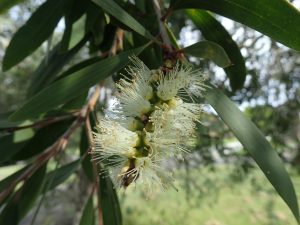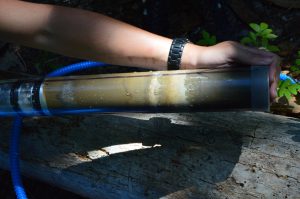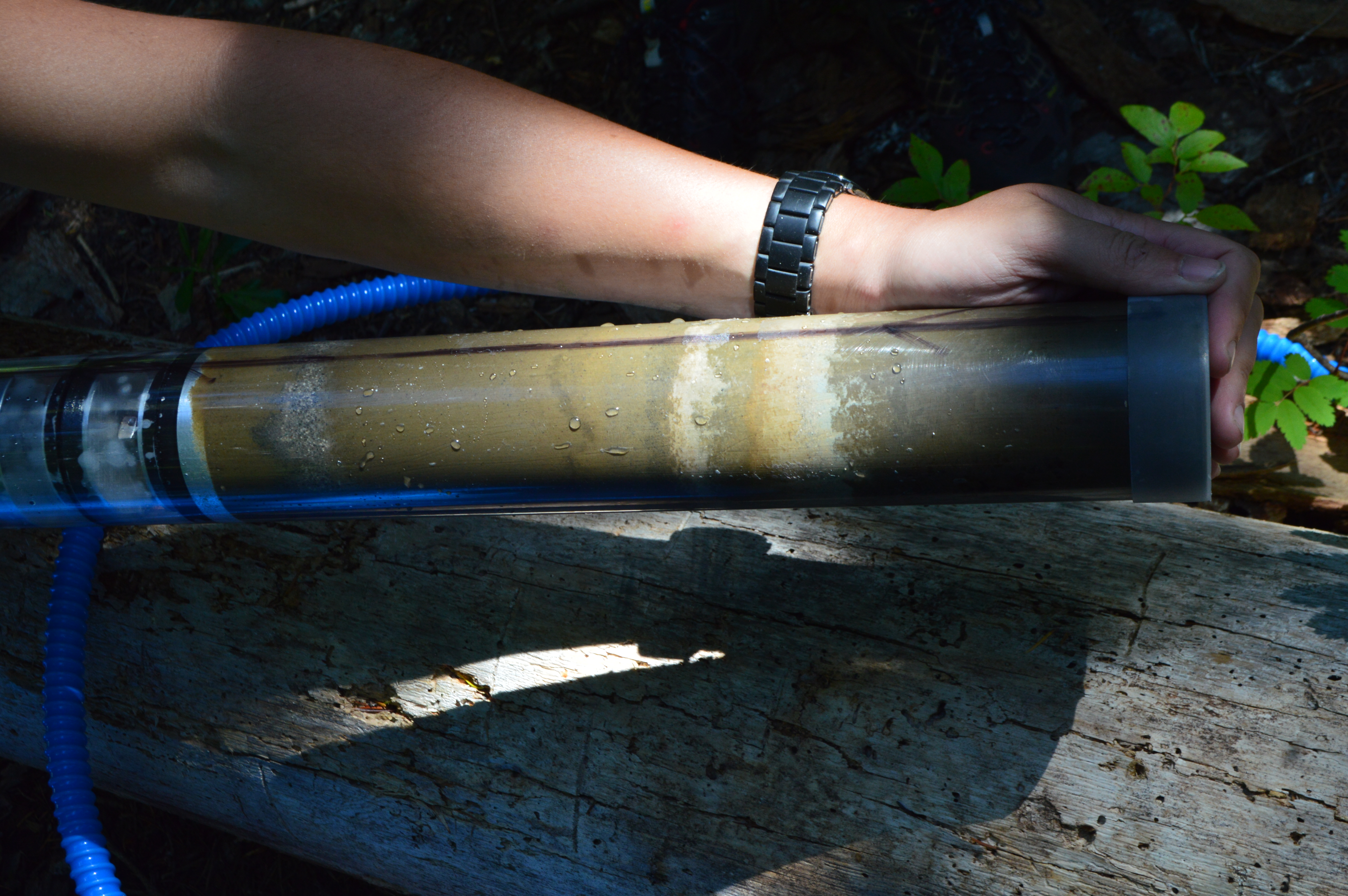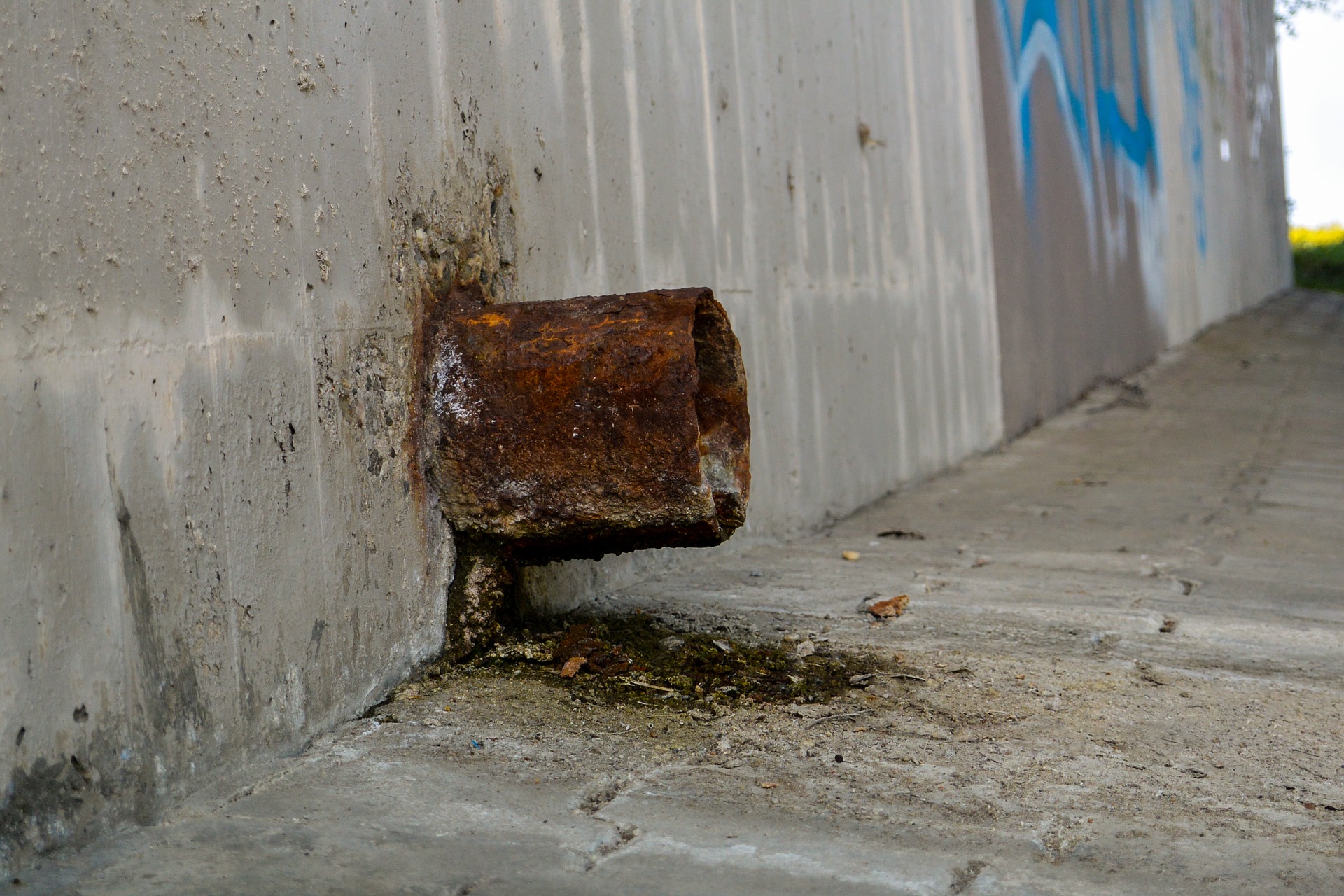The 12-year “Millennium Drought” that parched parts of Australia beginning in the late 1990s often is considered the most severe drought ever experienced by the island nation. But according to results from a first-of-its-kind survey by University of Adelaide (Australia) researchers, the Millennium Drought was far from unique.
New evidence, obtained by studying preserved tea tree leaves that span more than 7000 years, suggests that many droughts of at least similar intensity took place in Australia thousands of years before the continent was settled by Europeans in the 19th century. The results could prompt Australian environmental authorities to re-examine their predictions for the likelihood of extreme drought events.
“From what we can ascertain, the probability of a drought worse than the Millennium Drought is much higher than the current prediction of one in 10,000 years,” said study co-author John Tibby, in a Feb. 15 release. Tibby is a professor of geography at the University of Adelaide. “Our rainfall reconstruction suggests that it may be as much as 10 times more likely.”
Digging up the past

A species of the paper-bark tea tree, Melaleuca quinquenervia, has grown near Swallow Lagoon on eastern Australia’s North Stradbroke Island for thousands of years. After digging preserved leaves out of the sediment at the bottom of the lagoon, researchers with the University of Adelaide were able to perform carbon dating and chemical analyses to get an idea of how rainfall patterns in the region have changed over the last 7700 years. Geoff Derrin/Creative Commons.
On North Stradbroke Island, which is located about 30 km (19 mi) southeast of Brisbane, paper-bark tea trees have grown near Swallow Lagoon for generations. Because North Stradbroke is the second-largest sand island in the world, paper-bark tea tree leaves preserved in sediment well beneath the bed of Swallow Lagoon offer researchers a unique record of environmental conditions dating back thousands of years.
Since the lagoon contains samples of a single leaf species in a continuous sequence, scientists were able to use differences in leaf chemistry to derive information about what precipitation in the region looked like when each leaf was fresh.
“For instance, the carbon isotope composition – or chemistry – of the leaves can tell us about the degree of moisture stress experienced by the plants when the leaves were growing,” explained Cameron Barr, a University of Adelaide research fellow and study co-author. “So, in effect, we can use leaf carbon isotope composition to infer rainfall through time.”
The research team first withdrew core samples from as deep as 370 cm (145 in.) below the bottom of Swallow Lagoon. They then searched the cores for paper-bark tea tree leaves representing several different time periods before freeze-drying them for 24 hours and grinding them into a fine powder. After performing radiocarbon dating on each set of leaf powders, the researchers pieced together a precipitation timeline that shows varying climatic conditions from the mid-Holocene age through the present.
It is the first documented effort to examine rainfall patterns in Australia over a period of millennia, according to the study.
Major climate shift 3200 years ago
The team’s findings reveal that eastern Australia experienced far wetter conditions about 5000 to 6000 years ago during the mid-Holocene age. The area became markedly drier about 3200 years ago.

Researchers withdrew sediment cores from as deep as 370 cm (145 in) beneath the bed of Swallow Lagoon, unearthing preserved leaves up to 7700 years old. They then freeze-dried the leaves and ground them into a powder before analyzing trace chemicals to determine environmental conditions at the lagoon while each leaf was growing. The study produced a local precipitation timeline spanning millennia. U.S. Department of Agriculture Forest Service.
The researchers write that the shift is most likely connected to El Niño and La Niña, phases of a recurring climate pattern called the El Niño-Southern Oscillation (ENSO) that periodically bring either warmer or cooler conditions to areas surrounding the Pacific Ocean.
“Since North Stradbroke Island is in a part of Australia that is very sensitive to ENSO, our study is able to document ENSO history,” Barr said.
In mid-Holocene Australia, the researchers surmise that the La Niña phase was much more powerful and occurred more frequently than in the present.
“This changed to a more variable and increasingly drier climate about 3000 years ago – highlighting a strengthened El Niño phase,” Tibby said.
As a result of higher temperatures, less precipitation, and fewer winds, El Niño phases can bring droughts, desertification, and wildfires. The effects of that shift are still apparent in the region today.






